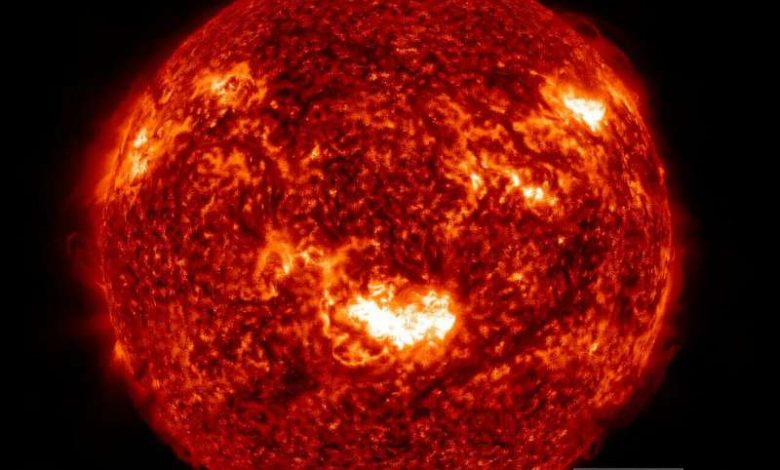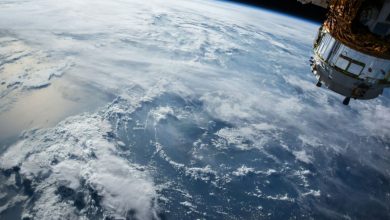The biggest geomagnetic storm in 20 years: NASA’s lessons and surprises

One year ago today, representatives from NASA and about 30 other U.S. government agencies gathered for a special meeting to simulate and address a threat looming in space. The threat was not an asteroid or aliens, but our very own life-giving sun.
The inaugural Space Weather Tabletop Exercise was supposed to be a training event, where experts could work through the real-time ramifications of a geomagnetic storm, a global disruption to Earth’s magnetic field. Driven by solar eruptions, geomagnetic storms can decimate satellites, overload electrical grids, and expose astronauts to dangerous radiation. Minimizing the impacts of such storms requires close coordination, and this meeting was their chance to practice.
Then, their simulation turned into reality.
“The plan was to run through a hypothetical scenario, finding where our existing processes worked and where they needed improvement,” said Jamie Favors, director of NASA’s Space Weather Program at NASA Headquarters in Washington. “But then our hypothetical scenario was interrupted by a very real one.”
On May 10, 2024, the first G5 or “severe” geomagnetic storm in over two decades hit Earth. The event, named the Gannon storm in memory of leading space weather physicist Jennifer Gannon, did not cause any catastrophic damages. But a year on, key insights from the Gannon storm are helping us understand and prepare for future geomagnetic storms.
Storm consequences
The Gannon storm had effects on and off our planet.
On the ground, some high-voltage lines tripped, transformers overheated, and GPS-guided tractors veered off-course in the Midwestern U.S., further disrupting planting that had already been delayed by heavy rains that spring.
“Not all farms were affected, but those that were lost on average about $17,000 per farm,” said Terry Griffin, a professor of Agricultural Economics at Kansas State University. “It’s not catastrophic, but they’ll miss it.”
In the air, the threat of higher radiation exposure, as well as communication and navigation losses, forced trans-Atlantic flights to change course.
During the storm, Earth’s upper atmospheric layer called the thermosphere heated to unusually high temperatures. At 100 miles altitude, the temperature typically peaks at 1,200 degrees Fahrenheit, but during the storm it surpassed 2,100 degrees Fahrenheit. NASA’s GOLD (Global-scale Observations of the Limb and Disk) mission observed the atmosphere expanding from the heat to create a strong wind that lofted heavy nitrogen particles higher.





